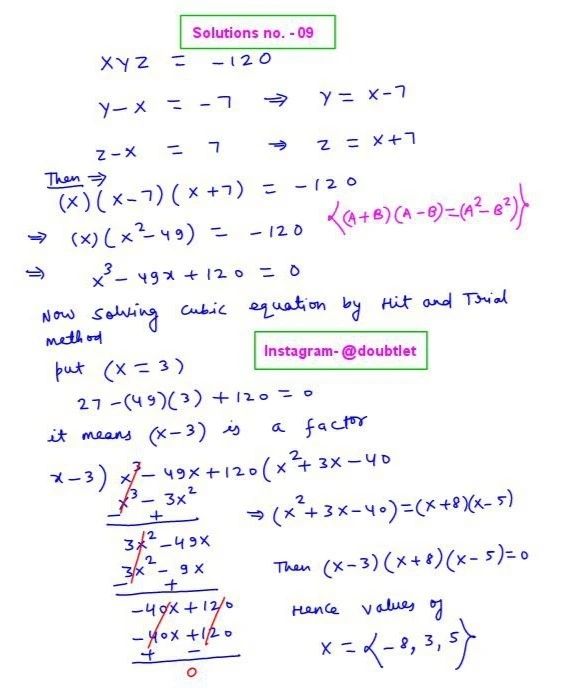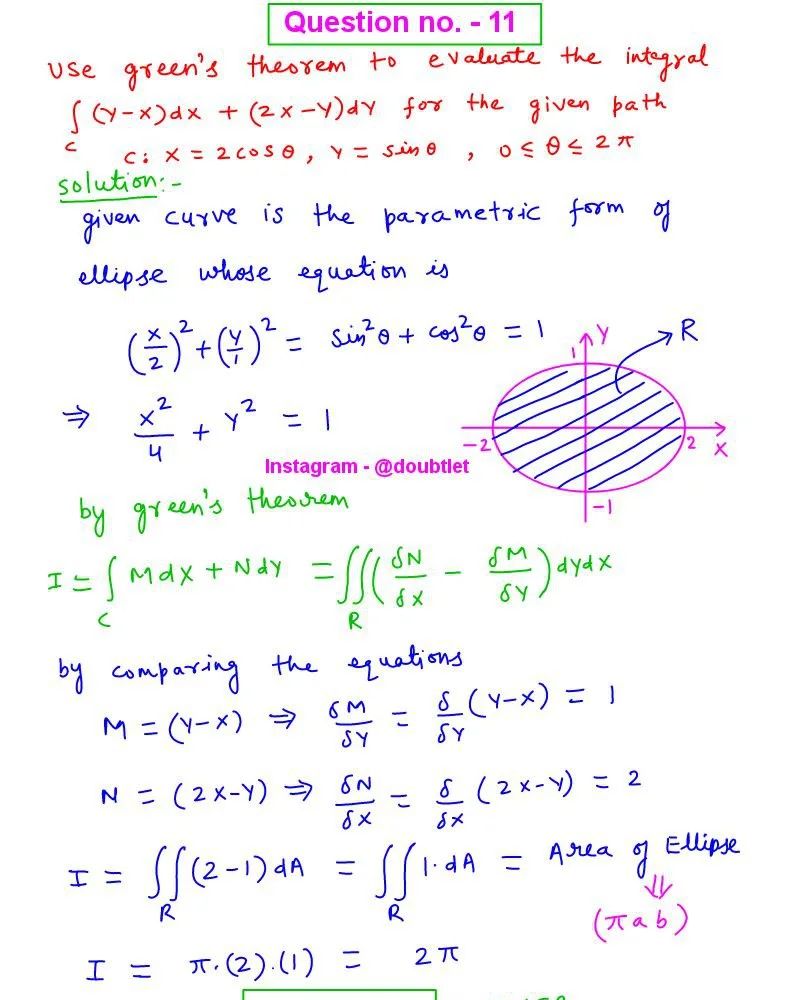









Tangent-and-normal Formula Sheet
This page will help you to revise formulas and concepts of Tangent-and-normal instantly for various exams.- Home
- Formula-Sheet
- Tangent-and-normal
In geometry, a tangent is a line intersecting a curve at a single point, touching the curve without crossing it. On the other hand, a normal is a line perpendicular to the tangent at the point of intersection, providing a right angle with the curve at that point.
Neetesh Kumar | June 02, 2024
Share this Page on:
![]()
![]()
![]()
![]()
![]()
- 1. Tangent to the Curve at a Point
- 2. Normal to the Curve at a Point
- 3. Things to Remember
- 4. The angle of Intersection Between Two Curves
- 5. Length of Tangent, Subtangent, Normal & Subnormal
- 6. Differentials
1. Tangent to the Curve at a Point:
The tangent to the curve at 'P' is the line through P whose slope is the limit of the secant’s slope as from either side.
2. Normal to the Curve at a Point:
A line perpendicular to the tangent at the point of contact is called the normal to the curve at that point.
3. Things to Remember:
(a) The value of the derivative at gives the slope of the tangent to the curve at P.
Symbolically
(b) Equation of tangent at is
(c) Equation of normal at is
Note:
(i) The point will satisfy the equation of the curve & the equation of tangent & normal line.
(ii) If the tangent at any point on the curve is parallel to the axis of then at the point .
(iii) If the tangent at any point on the curve is parallel to the axis of , then is not defined or at that point.
(iv) If the tangent at any point on the curve is equally inclined to both the axes, then .
(v) If a curve passing through the origin is given by a rational/integral/algebraic equation, then the equation of the tangent (or tangents) at the origin is obtained by equating to zero the terms of the lowest degree in the equation. e.g., If the equation of a curve is , the tangents at the origin are given by i.e., and .
4. The angle of Intersection Between Two Curves:
The angle of intersection between two curves is defined as the angle between the two tangents drawn to the two curves at their point of intersection. If the angle between two curves is , they are called orthogonal curves.
Note: If the curves and intersect each other orthogonally, then .
5. Length of Tangent, Subtangent, Normal & Subnormal:
(a) Length of the tangent (PT) =
(b) Length of Subtangent (MT) =
(c) Length of Normal (PN) =
(d) Length of Subnormal (MN)=
6. Differentials:
The differential of a function is equal to its derivative multiplied by the differential of the independent variable.
Thus if, then . In general or .
Note:
(i) where ‘c’ is a constant
(ii)
(iii)
(iv)
(v)
(vi) For the independent variable ‘x’, increment and differential are equal but this is not the case with the dependent variable ‘y’ i.e., .
Approximate value of when increment is given to independent variable in is
.
(vii) The relation can be written as ; thus the quotient of the differentials of ‘y’ and ‘x’ is equal to the derivative of ‘y’ with respect to ‘x’.


